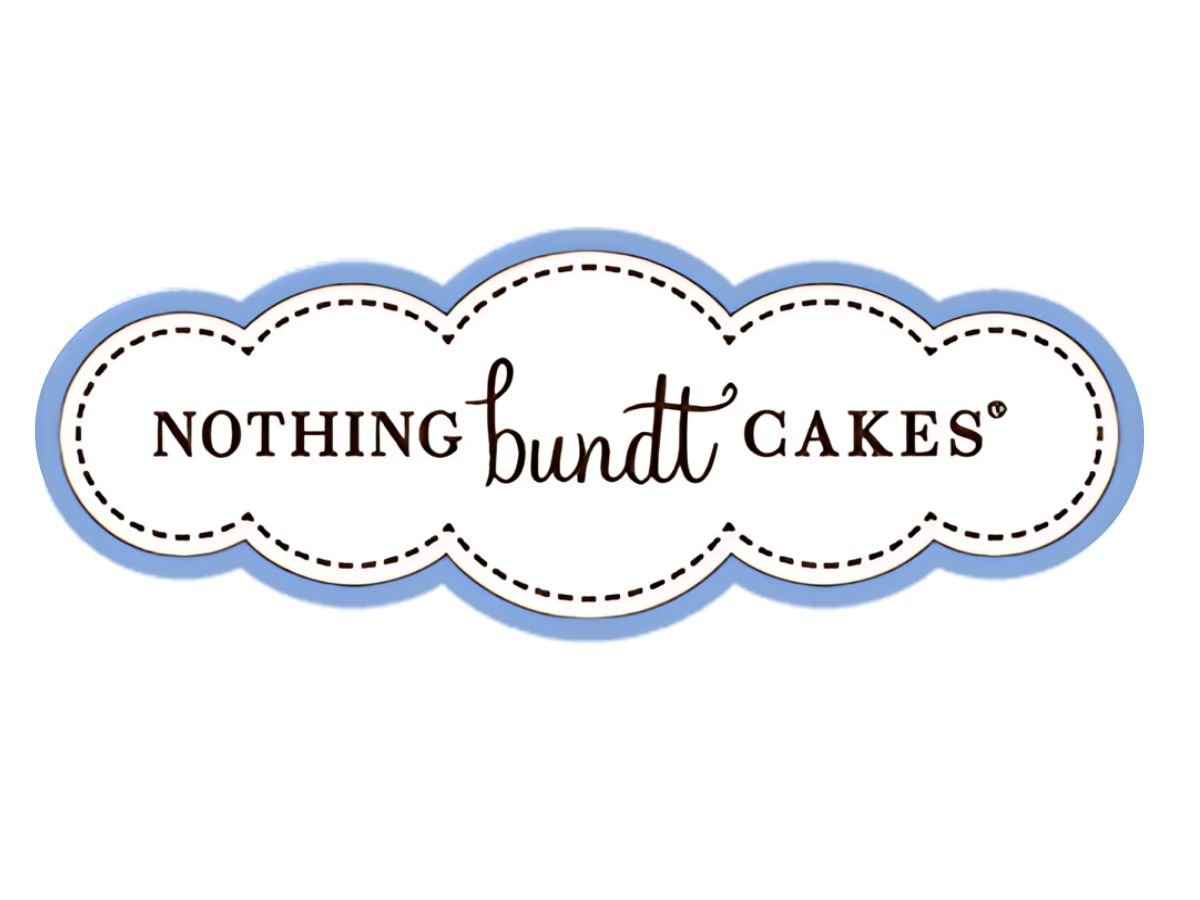DON'T JUST SURVIVE
Thrive with Whirks
Payroll + HR + Employee Benefits
Transform complex processes into opportunities for your business. With the backing of expert staff and user-friendly technology, you can focus on your WHY— the passion behind your business.
.png?width=633&height=688&name=hero-img.psd%20(1).png)
Easier, consolidated processes
Payroll, onboarding, time & attendance, and benefit enrollment all-in-one system.
Information at your fingertips
Get insight into all employee data with our robust reporting engine and all-inclusive dashboard.
More time with family
Spend less time in the office worrying about payroll, and more time with the people you love.
Stuck In Survival Mode?
Running a business and managing employees isn't easy. As a growing business, you need more than just payroll. Without a trusted partner and the right technology, businesses often face challenges that hinder progress and productivity.
Settling for Just ‘Good Enough’ Payroll Processes
A payroll system that doesn’t fully meet the needs of your business can lead to errors and inefficiencies that have ripple effects throughout the company.
Overwhelmed by the Complexity of Benefit Admin
Without a streamlined process you risk mismanaging your benefits, affecting employee morale and leading to potential legal issues.
Frustrated With Inconsistent Customer Support
When support is hit or miss, solving urgent payroll or compliance problems becomes a bigger hassle and can leave you feeling stuck.

Experience Growth with Solutions Beyond Payroll
At Whirks, we've simplified complex processes by combining our user-friendly software with personalized service and deep expertise. We empower you with the knowledge and support to better manage your payroll, human resources, and employee benefits.
This allows you to focus on what really matters: improving your business and leading your employees with confidence.
Enjoy Efficient & Accurate Payroll Processing
On time, error-free payroll is crucial for a thriving workplace. By identifying and refining areas that may only seem "good enough", our payroll service is designed to help you never forget to pay an employee, run a last-minute off-cycle payroll, and much more.
Unravel Employee Benefits with Expert Management
Health insurance is critical to hiring the best employees for your team, but managing deductions between multiple systems and communicating with brokers and insurance carriers is a lot of work that you shouldn't have to worry about. Whirks aims to completely remove the administrative burden of employee benefits for employers, providing a seamless experience that saves time and money while you know your employees are well-cared for.
Skip the Hold & Connect with Dedicated Support in Seconds
Get to know us and enjoy consistent support from your dedicated client success specialist year after year. Experience easily accessible, effective guidance for peace of mind with every interaction.
Trusted by a Wide Range of Industries










HEAR FROM OUR CLIENTS
"The transition from our last payroll service was very seamless. If we had any questions or needed help our rep was quick to respond and provide the solution. Highly recommend to anyone looking for a great payroll service provider."
Jake Whitefoot - Gana Trucking
Find The Right Talent at The Right Time
Let's face it - hiring kinda sucks. It's hard to find people at all, much less the RIGHT people.
That's why we created The Hiring Whirkbook, a comprehensive resource to help you to help you align your hiring processes to your mission & values so you can end up with the right people for your business.

Change is scary (but we make it easy)
We pull the data, set up the system, and manage the transition.
Let's Chat
Start with a 30-minute chat to tell us about your business and any challenges you are facing, review your current systems and your specific needs.
Develop Your Plan
Based on your business’s unique needs, we will work with you to develop a plan & timeline that fits you and your schedule.
Get Back to Your Passion
We'll take care of the heavy lifting and coach you through every step, freeing up time for you to focus on what you care about.
Whirks Learning Center
Explore our learning center for resources on payroll, HR, recruiting, employee benefits, insurance, and more to empower your business.
Go From Managing It All to Focusing On What You Do Best
From helping you pay your employees, to guiding you through benefits administration, we're here to help you and your business get one step better, every day.